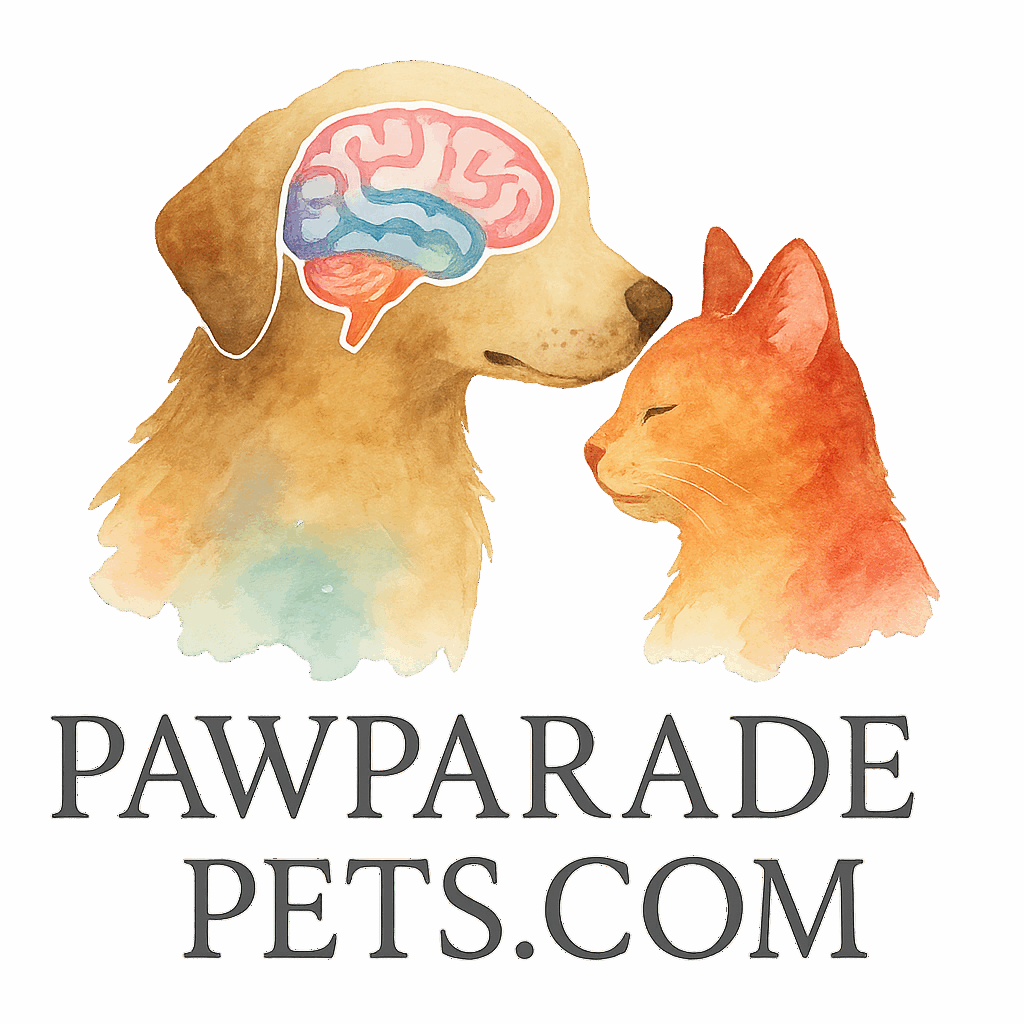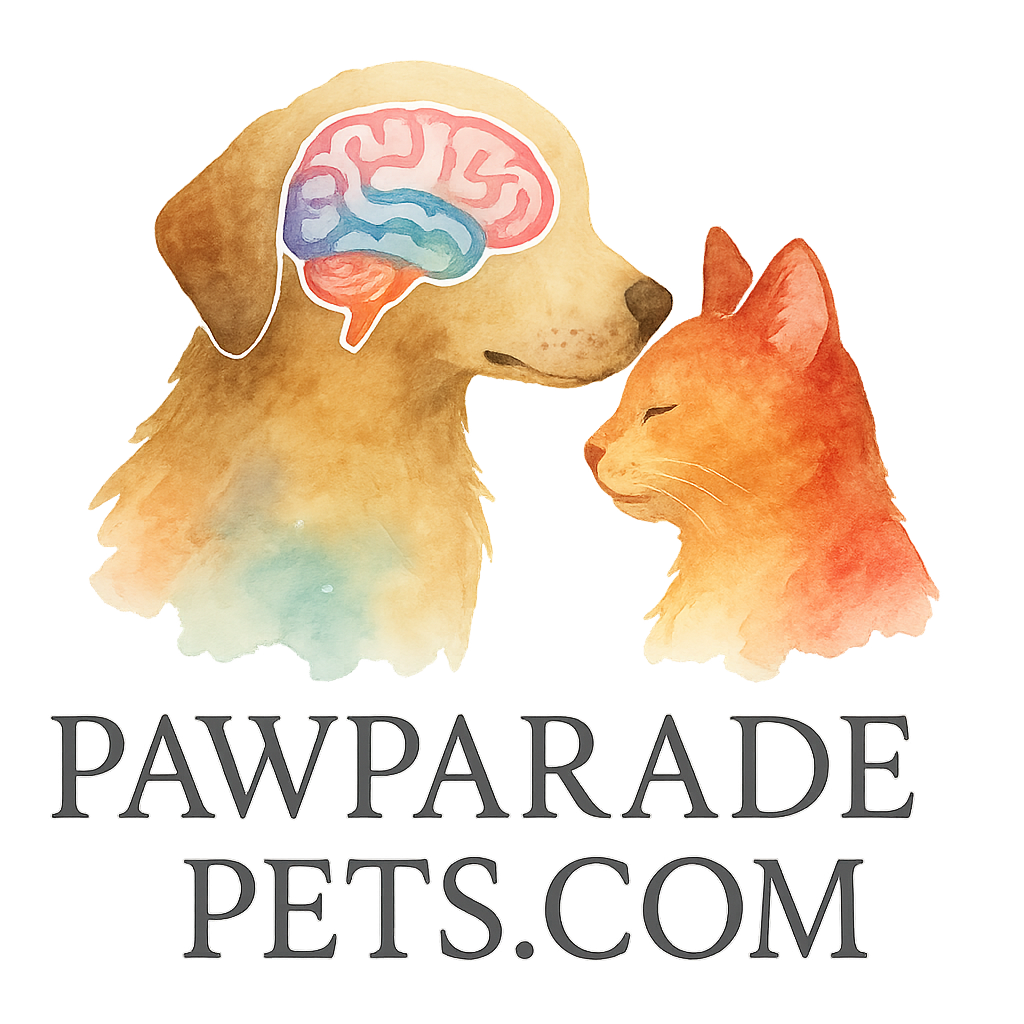Introduction: Why Chew Toys Can Be Smart Training Tools
When you think about chew toys, you probably imagine your pet happily gnawing away to pass the time or save your shoes from destruction. But here’s the fun twist—some chew toys are way more than boredom busters. They’re actually brain training tools for pets, designed to engage their minds while they satisfy their natural urge to chew.
In this article, we’ll dive deep into how chew toys can become powerful cognitive tools, explore the 7 best chew toys that double as brain training for pets tools, and share tips on how to use them for maximum benefits.
The Connection Between Chewing and Brain Training
Chewing as a Stress Reliever
Chewing is more than just a way for pets to keep busy—it’s therapeutic. For dogs especially, chewing reduces stress and anxiety. Think of it as their version of yoga or meditation. A calm pet is much easier to train, and chew toys help achieve that state of mind.
Chewing as a Cognitive Workout
When a chew toy involves puzzles, hidden treats, or textures, it forces pets to problem-solve. This kind of stimulation sharpens their thinking, similar to how crossword puzzles challenge humans. You’re not just entertaining them—you’re giving them a mini brain workout.
What Makes a Chew Toy a Brain Training Tool?
Engagement and Problem-Solving Features
The best brain training chew toys push pets to figure out how to unlock food, move parts, or tug in the right way. This keeps their minds sharp and prevents boredom-related behavior issues.
Safe and Durable Materials
Durability is non-negotiable. Chew toys must stand up to strong jaws while staying safe. Look for non-toxic, BPA-free materials that won’t splinter.
Multi-Sensory Stimulation
Great chew toys engage more than just the mouth. Some involve scent, sound, or even lights to create multi-sensory stimulation that keeps pets entertained for longer.
Top 7 Chew Toys That Double as Brain Training Tools
1. Puzzle Chew Bones
How They Work
Puzzle chew bones usually have compartments or movable parts where you can hide treats. Your pet has to figure out how to unlock them.
Why Pets Love Them
They get the reward of tasty snacks while chewing. It’s like combining a treasure hunt with a satisfying chew.
2. Treat-Dispensing Chew Toys
How They Train the Brain
These toys release treats when rolled, squeezed, or chewed in the right way. Pets quickly learn problem-solving skills while staying motivated by food.
Best Breeds for This Toy
Highly food-driven breeds like Labradors, Beagles, and Terriers absolutely thrive with treat-dispensing toys.
3. Interactive Rope Chew Toys
Benefits Beyond Chewing
Rope toys aren’t just for tug-of-war. Many now come with hidden knots or treat holders that challenge pets mentally while giving their teeth a workout. Plus, they promote bonding between you and your pet during play.
4. Dental Chew Toys with Hidden Challenges
Cleaning and Training at Once
These multitasking marvels clean teeth and massage gums while hiding small puzzles or treats inside. You get dental health plus brain training in one chew.

5. Tech-Enhanced Smart Chew Toys
Gadgets That Stimulate Intelligence
Some chew toys are powered with sensors or apps. They move unpredictably, make sounds, or release treats on a schedule, keeping pets guessing and learning. Tech meets fun in the best way.
6. Scent-Infused Chew Toys
Activating the Nose and Brain
Dogs rely heavily on their noses. Scent-infused chew toys engage both their sense of smell and brain, making them work harder and stay engaged longer.
7. DIY Chew Toys with Brain Training Features
Affordable, Fun, and Engaging
Not every effective chew toy has to be store-bought. Simple DIY ideas, like stuffing an old sock with treats or freezing peanut butter in a safe container, can be both cheap and mentally stimulating.
How to Introduce Brain Training Chew Toys to Your Pet
Step-by-Step Introduction Tips
- Start simple with easy-to-solve toys.
- Use high-value treats to build motivation.
- Gradually increase the difficulty as your pet gets the hang of it.
Common Mistakes to Avoid
- Don’t overwhelm your pet with a toy that’s too complex.
- Avoid unsafe or breakable materials.
- Never force play—let curiosity guide the process.
Benefits of Chew Toys That Train the Brain
Behavioral Benefits
Brain training chew toys can reduce destructive behavior, barking, and separation anxiety by channeling energy into positive activities.
Physical and Health Benefits
Chewing strengthens jaws, improves dental health, and supports overall physical wellbeing. Pair that with mental stimulation, and you’ve got a holistic approach.
Strengthening the Human-Pet Bond
Interactive chew toys often involve you too—through tugging, hiding, or guiding. This strengthens trust and deepens your bond.
Advanced Brain Training for Pets
Combining Chew Toys with Other Activities
Pair chew toys with brain training basics or games and activities for an even richer experience.
Expanding Into Commands and Obedience
Chew toys can be part of obedience training. Use them as rewards when your pet follows commands—it’s a double win.
Safety Tips for Brain Training Chew Toys
Supervision Matters
Always supervise initial play to ensure your pet doesn’t choke or chew off unsafe pieces.
Choosing Age-Appropriate Toys
Puppies, adults, and seniors have different needs. Match toy size, hardness, and complexity to your pet’s age and chewing strength.
Conclusion
Chew toys are no longer just for keeping pets occupied. The right ones can stimulate the mind, reduce stress, improve health, and strengthen your relationship with your furry friend. With these 7 chew toys that double as brain training for pets tools, you’re not only entertaining your pet—you’re making them smarter, healthier, and happier.
For even more tips, challenges, and tools, explore resources at Paw Parade Pets.
FAQs
1. How often should I let my pet use brain training chew toys?
Daily play is ideal, but even a few sessions a week can make a difference.
2. Can brain training chew toys help with destructive behavior?
Yes! They redirect energy and give pets a productive outlet.
3. Are DIY chew toys safe?
Yes, as long as you use pet-safe, non-toxic materials and supervise play.
4. Do cats benefit from chew toys too?
Absolutely. Cats enjoy smaller chew toys with textures and interactive features.
5. What’s the best chew toy for puppies?
Soft, safe toys with simple puzzles are best for young pups still developing their teeth.
6. Can senior dogs use brain training chew toys?
Yes, but choose softer toys and simpler puzzles to match their abilities.
7. Where can I find more advanced brain training ideas?
You can check out advanced cognitive challenges and other guides at Paw Parade Pets.


